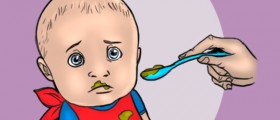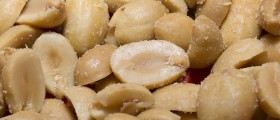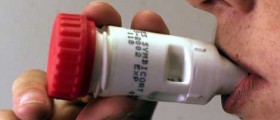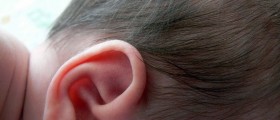
Basicinformation and statistics
Accordingto the results of numerous research studies, when it comes to infants, 2-8%suffer from milk induced allergic reaction. This is due to the fact that at thebasis of this problem lies the fact that infant’s immune system falsely viewsproteins coming from milk as a potential danger to the organism as a whole, andthus attempts by all means possible to ward them off. As a direct consequenceof this effort, there arises an allergic reaction.
Milkinduced infant allergies – manifestations
Amongthose most frequently occurring manifestations, at the bottom of which is thisspecific type of allergy are considered to be the following:
Diarrhea is one possible manifestation of the allergy in question. In case it is prolonged and lasts for more than a week, it causes in a child the occurrence of watery stools and does so four times in the course of a single day. Yet another manifestation, directly related to the infant’s stool, is the presence of blood.Skin rashes are also considered to be fairly common in a baby who is allergic to milk. These rashes have the potential to occur and befall all the body areas, but can also be concentrated on a few more specific areas as well. They are, occasionally, also accompanied by the swelling of the face.Vomiting. Spitting pieces of food out is, of course, a fairly frequent event that accompanies the feeding of a small child. But in case this food rejection becomes more serious and greater in amount, then it could be a sign of an allergic reaction induced by milk.Decrease in weight gain – given the fact that once the baby turns 6 months, the overall weight increases approximately two times. This is due to the milk-based diet, of course. On the other hand, an infant who is suffering from this type of allergy experiences bouts of diarrhea often, and he/she may also be vomiting the previously consumed milk. If this is the case, then weight gain will turn into weight loss instead.Gases represents one of the fairly common side effects of this allergy. Despite the fact that gases, as such, are more or less always there with infants, an allergic reaction can only add up significantly to their intensity.Otherfairly common manifestations include non-stop crying and respiratory systemhealth related issues.
Treatment
Forthe sake of making sure that an infant is suffering from this particular typeof allergy, the technique of elimination/reintroduction is employed. Othertechniques involve various skin prick tests, and blood test (CAP, EAST, and RAST etc.).Upon determining with accuracy the presence of an allergy, the first andforemost thing to be done is to exclude the milk and all other dairies. But a mother should not seize breastfeeding her child, it is enough to only exclude cow’s milk from the infant's diet.

















Your thoughts on this
Loading...